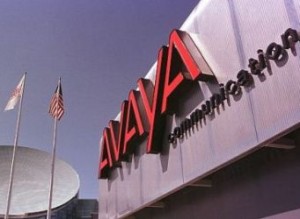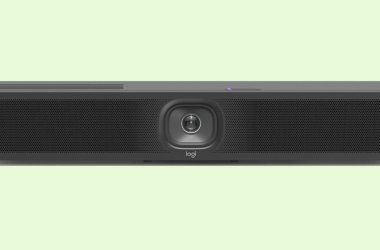 Following up on its purchase earlier this year of video optimisation company Radvision, Avaya Wednesday announced enhancements to its Aura and Flare unified communications (UC) platforms that could signal the company’s move into next generation video conferencing for the enterprise.
Following up on its purchase earlier this year of video optimisation company Radvision, Avaya Wednesday announced enhancements to its Aura and Flare unified communications (UC) platforms that could signal the company’s move into next generation video conferencing for the enterprise.
Avaya today released Scalable-Video Coding, or SVC-based video routing, which is a standard, lower-bandwidth intensive method of multipoint (meaning three or more users) video conferencing compared to traditional models. Avaya also enabled video conferencing on its Flare platform, which is the company’s UC software that is compatible with the iPad, and it announced an Android app for Scopia, which is the Radvision video conferencing application.
Ira Weinstein, a senior analyst covering the UC market for Wainhouse Research, says the biggest news of the bunch is the SVC-based routing. Traditionally, multipoint video conferencing has been enabled by a centralised box that processes video feeds from users and sends them to appropriate end points. SVC-based routing, on the other hand, breaks up video into layers and directs each layer to end users. It basically takes the video processing out of the centralised box, he explains, greatly reducing its cost and pushes that processing to end-point devices. Weinstein says businesses can get SVC-based routers in the hundreds of dollars per port price range, compared to traditional systems that may cost thousands of dollars per port. It can also reduce bandwidth by two to three times traditional systems, he says.
That’s all the good news, but holding back adoption will be the fact that most existing systems do not support SVC, Weinstein says. Next-generation video conferencing, therefore, will be rolled out in “greenfield” UC projects. Eventually, SVC video routing, Weinstein predicts, will become the norm.
The SVC-based routing is enabled on Avaya’s Aura Conferencing and Flare UC platforms and will be compatible with other communications platforms, including from LifeSize and Polycom, as well as Microsoft Lync, IBM Sametime and Salesforce.com.
Radvision’s Scopia also has a new Android application, which allows video conferencing from mobile devices. Avaya also released a box named the Scopia XT5000, which is aimed at providing room-based video conferencing to the mid-market.
The Aura Conferencing costs $190 per user with the Flare Experience, or $140 for just the web clients. The XT5000 starts at $10,500 and ranges up to $22,500.





